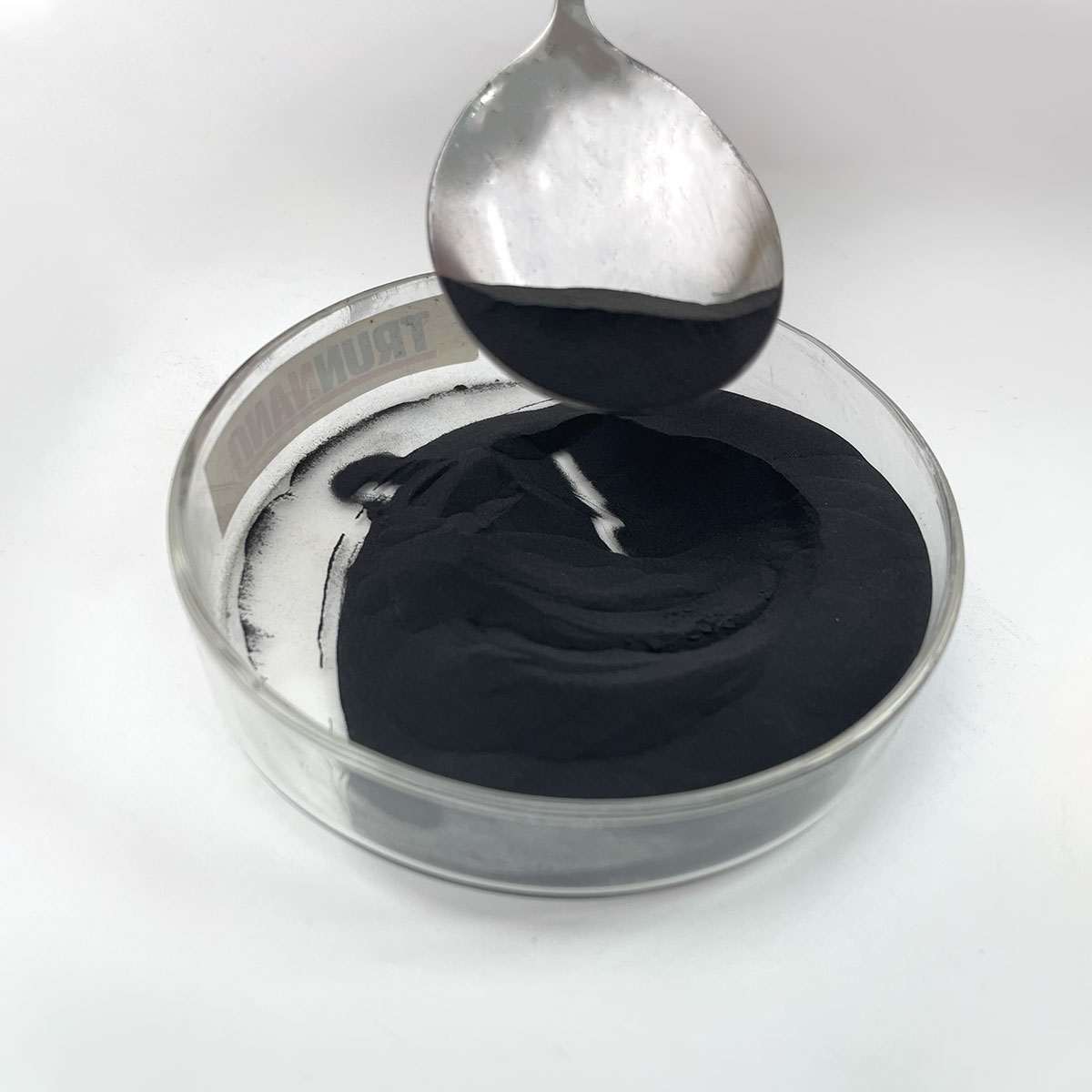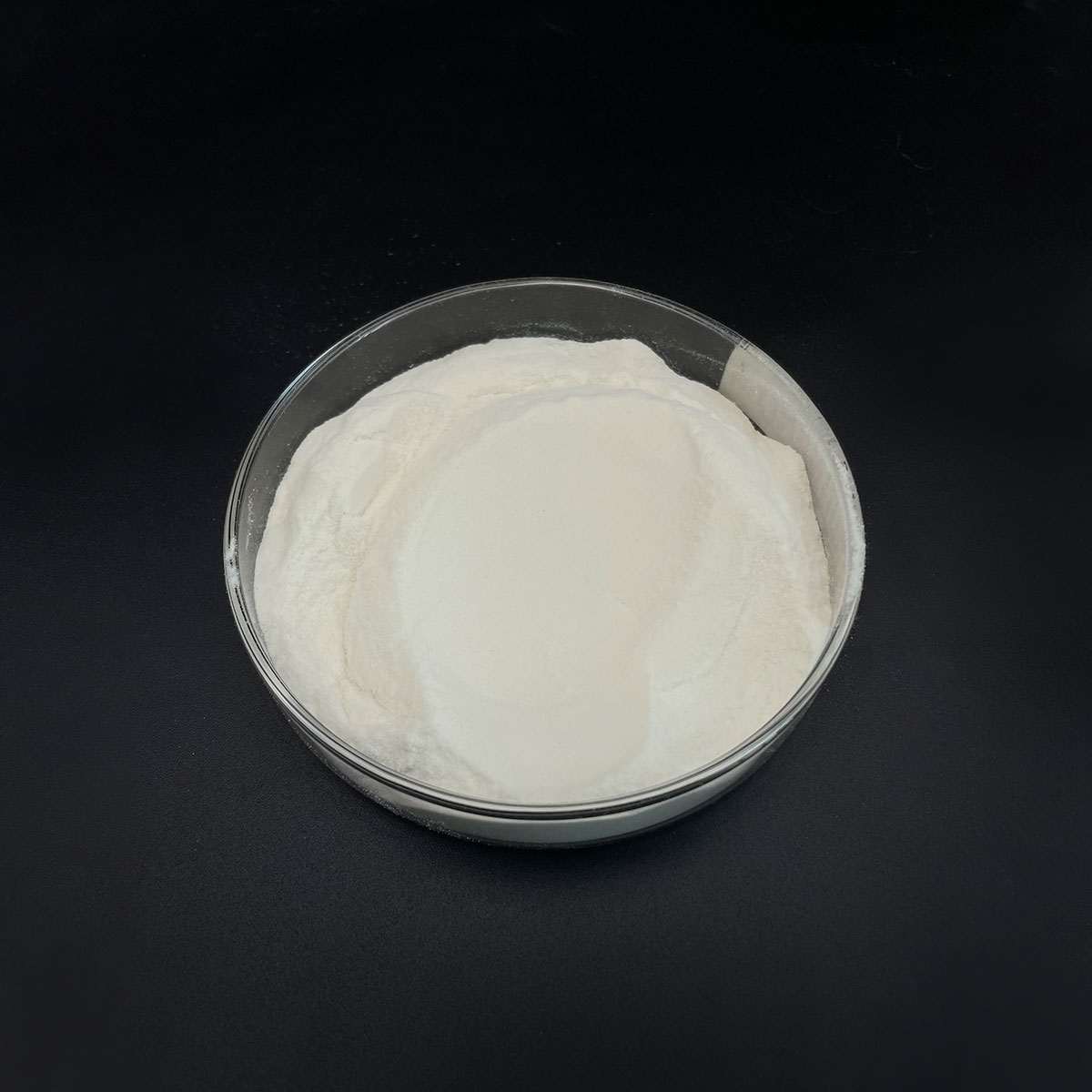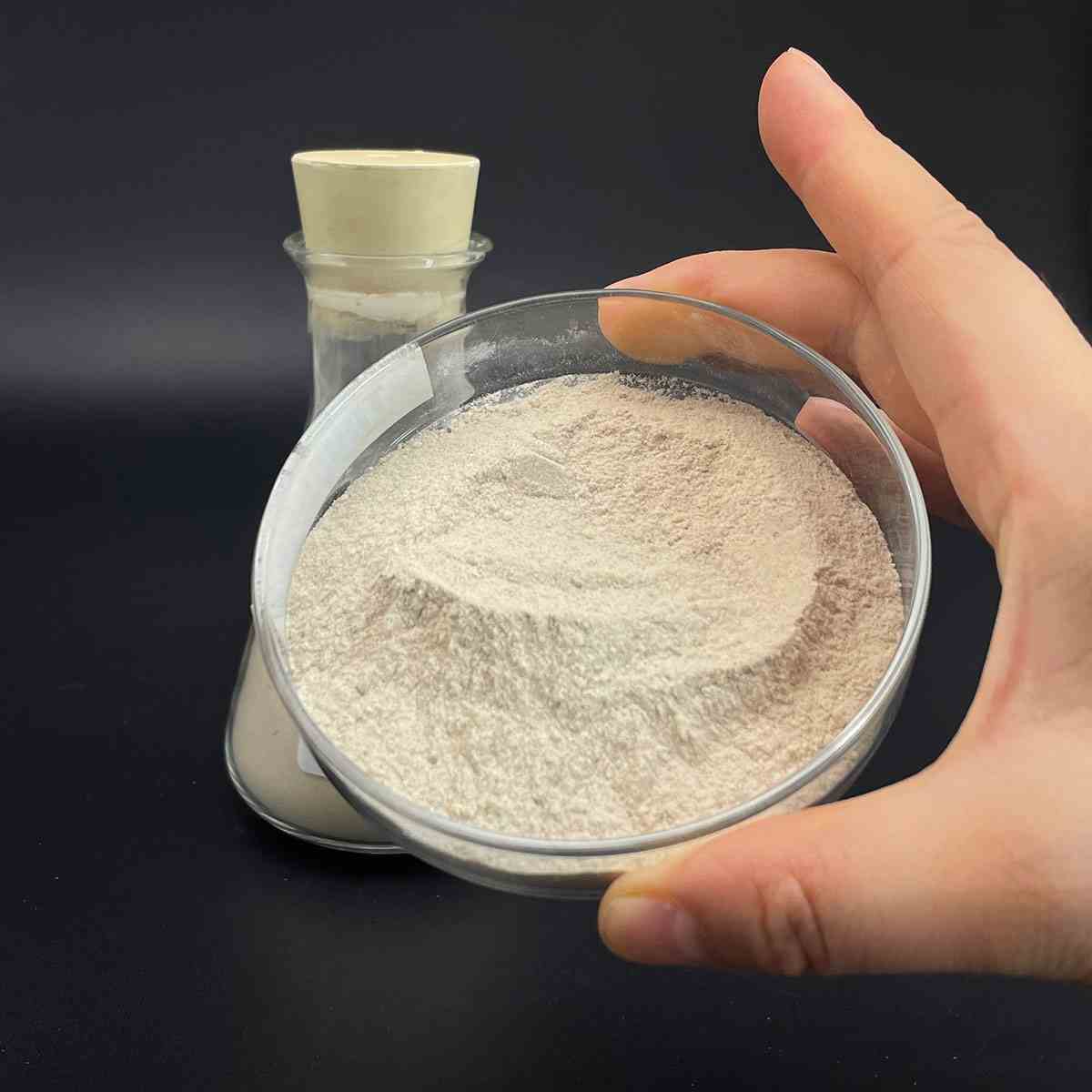Overview of -325Mesh metals basis Mo Molybdenum Metal Powder
Metal powder is a common form of metal that has been processed into fine particles, ranging from a few micrometers to over 100 microns in diameter. It plays a crucial role in various industrial applications due to its unique properties and versatility.
Features of -325Mesh metals basis Mo Molybdenum Metal Powder
Physical Characteristics
Particle Size: Ranging from nanometers to hundreds of micrometers, the size distribution significantly influences the powder’s flowability, packing density, and sintering behavior.
Shape: Particles can be spherical, irregular, flake-like, or dendritic, each shape affecting the final product’s mechanical properties and surface finish.
Purity: Depending on the production method, metal powders can achieve high levels of purity, critical for applications like electronics and aerospace where impurities can degrade performance.
Density: While less dense than their solid counterparts due to the presence of air between particles, metal powders can be densely packed during processing to approach the density of the solid metal.
Chemical Properties
Reactivity: Some metal powders, particularly aluminum and titanium, are highly reactive with air and moisture, necessitating careful handling and storage under inert atmospheres or vacuum.
Oxidation: Exposure to air can lead to surface oxidation, forming a passive layer that affects sintering and other processes. This can be managed through surface treatment or use of protective atmospheres.

(-325Mesh metals basis Mo Molybdenum Metal Powder)
Parameters of -325Mesh metals basis Mo Molybdenum Metal Powder
Mesh metals, specifically focusing on molybdenum (Mo), are a high-performance material that finds extensive applications in various industries due to their unique properties. Molybdenum metal powder is a versatile form of this element, characterized by its fine particle size and uniform distribution, which are crucial for achieving optimal performance in different processes.
Molybdenum is a chemical element with the atomic number 42 and the symbol Mo. It is known for its exceptional strength, resistance to corrosion, and high thermal stability, making it an ideal choice in demanding environments. The mesh structure of the metal powder, often represented as “-325 Mesh,” refers to the particle size grading system used to describe the particle’s diameter. A “-325 Mesh” rating signifies that the average particle size ranges from about 45 micrometers to 75 micrometers, providing a balance between surface area and handling properties.
When used as a metal powder, molybdenum offers several benefits. Firstly, its fine particle size allows for better dispersion and adhesion, which is particularly important in applications like metal matrix composites, where the metal powder acts as a reinforcing agent. This can lead to enhanced mechanical properties, such as increased strength and wear resistance.
Secondly, molybdenum’s excellent corrosion resistance makes it suitable for use in harsh chemical environments, including oil and gas, aerospace, and nuclear industries. The metal powder can form protective oxide layers that shield the underlying material from degradation, prolonging the service life of components.
In addition to its structural and corrosion-resistant properties, molybdenum metal powder also exhibits good thermal conductivity and high melting point, which is beneficial in applications requiring heat transfer or resistance to elevated temperatures. This makes it a popular choice for components in power generation, automotive, and electronics sectors.
Processing molybdenum metal powder involves techniques such as ball milling, gas atomization, or electrochemical methods to achieve the desired particle size and shape. These processes ensure the powder has a narrow size distribution, which is critical for achieving consistent performance across a wide range of applications.
The lack of specific format in your question suggests that you may be interested in knowing more about how to use or incorporate molybdenum metal powder into various products or processes. For instance, in the manufacturing of catalysts, molybdenum can enhance the activity and selectivity of chemical reactions. In the field of lubrication, it can be combined with other metals to create high-performance bearings and coatings. In the aerospace industry, it is utilized in jet engine components due to its strength and resistance to high temperatures.
In conclusion, molybdenum metal powder with a “-325 Mesh” basis is a valuable material due to its unique combination of properties, such as strength, corrosion resistance, and thermal stability. Its versatility allows for various applications in sectors like aerospace, automotive, and energy, where fine particle size and consistent performance are essential. Further exploration of the specific processing and usage methods tailored to your requirements would provide a more detailed understanding of how to effectively incorporate molybdenum metal powder into your projects.

(-325Mesh metals basis Mo Molybdenum Metal Powder)
FAQs of -325Mesh metals basis Mo Molybdenum Metal Powder
Inquiry us






